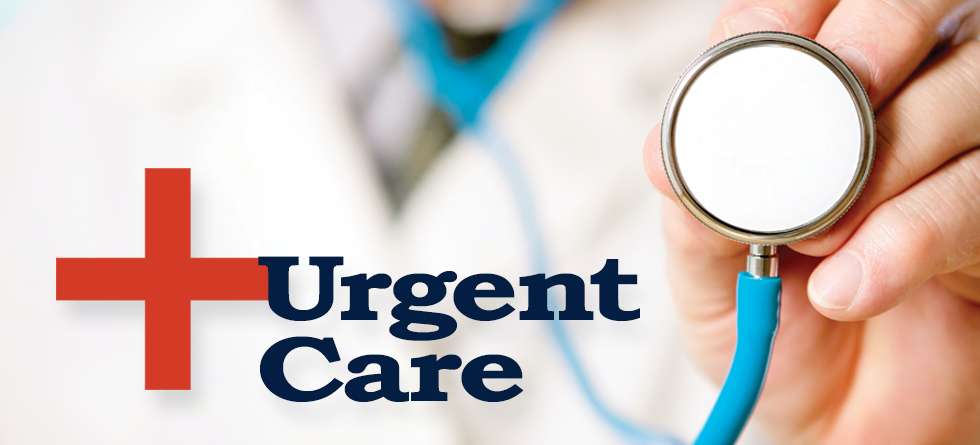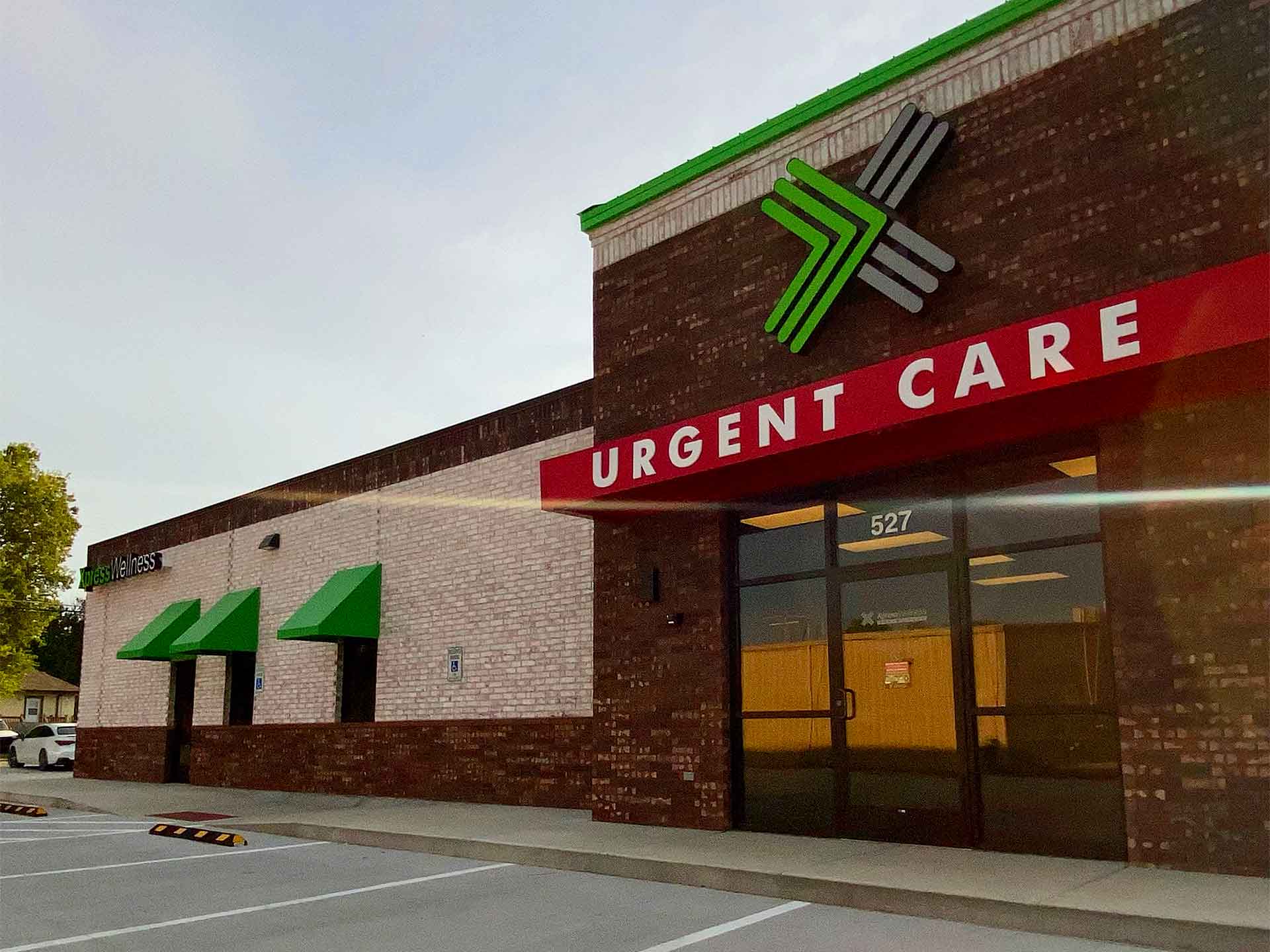Understanding the Function of Urgent Care in Providing Timely Treatment for Non-Life-Threatening Problems
Immediate treatment centers have become an important component of the healthcare landscape, dealing with the instant demands of people with non-life-threatening conditions. By providing available and prompt clinical solutions, these centers successfully connect the space in between health care and emergency departments. The effects of their function extend past simple convenience, motivating a closer assessment of when and how these facilities are utilized. Understanding the subtleties of urgent treatment might significantly influence patient end results and the total effectiveness of health care delivery. What variables add to their expanding relevance in modern medication?
What Is Urgent Treatment?
Immediate treatment refers to a category of medical solutions designed to attend to non-life-threatening conditions that call for instant attention. These centers function as an intermediary in between health care physicians and emergency clinic, using a hassle-free option for patients who need timely treatment without the comprehensive waiting times generally connected with emergency divisions.
Urgent treatment centers are generally staffed by physician, including medical professionals, registered nurse practitioners, and doctor aides, who are educated to detect and treat a large range of problems. Usual services given by these centers consist of therapy for minor injuries, ailments, and infections, along with diagnostic tests such as X-rays and lab work.
In addition, immediate care centers frequently accept walk-in patients, eliminating the requirement for appointments. Overall, immediate treatment plays a vital function in the healthcare system, making sure individuals can access necessary clinical services immediately and successfully.

When to seek treatment at an urgent care center instead of a primary treatment doctor or an emergency situation space,Several individuals might find themselves uncertain about. Urgent care is made to attend to non-life-threatening conditions that require timely focus yet are not severe sufficient to require an emergency clinic visit.
Usually, one ought to think about immediate look after issues such as small fractures, strains, cuts requiring stitches, or infections like urinary system infections. In addition, chilly or influenza signs and symptoms, breakouts, and allergies can likewise be suitably taken care of in this setting.
It is very important to note that urgent treatment is not suitable for dangerous emergency situations, such as chest pain, trouble breathing, or severe bleeding, which require immediate emergency clinic intervention.
People that do not have access to a health care doctor or can not secure a timely appointment may additionally profit from immediate treatment solutions. Ultimately, understanding when to utilize immediate care can result in much more effective health care distribution, allowing individuals to receive the proper level of treatment based upon their specific health needs.
Advantages of Urgent Care Centers
Selecting immediate treatment centers for non-life-threatening problems supplies a number of advantages that boost person experience and access. One key advantage is the minimized wait times compared to conventional emergency spaces. Urgent care facilities usually operate a first-come, first-served basis, allowing patients to get timely clinical attention without the lengthy hold-ups commonly connected with healthcare facility setups.
Additionally, immediate care centers give prolonged hours, including weekends and nights, accommodating clients with varying timetables. This adaptability makes certain that individuals can seek treatment when it is most practical for them, even more promoting timely treatment.

Additionally, these centers commonly supply a thorough series of solutions, including small procedures and diagnostic examinations, all under one roof. This combination of solutions not only simplifies the patient experience however additionally promotes a more natural technique to taking care of non-life-threatening health and wellness issues, ultimately benefiting general patient outcomes.
Common Problems Treated
At immediate treatment centers, a range of non-life-threatening problems can be successfully dealt with, supplying people with prompt and learn this here now obtainable medical support. site here These facilities are specifically experienced at dealing with problems that need prompt focus but do not present an instant danger to life or limb.
Common conditions treated at immediate care facilities consist of minor injuries such as cracks, sprains, and strains. Immediate treatment centers are outfitted to perform needed analysis tests, such as X-rays and lab examinations, allowing them to offer thorough treatment.
Additionally, immediate treatment providers can carry out inoculations, helping to avoid the spread of contagious diseases - Urgent Care. They likewise offer solutions for small treatments, such as suturing injuries or draining pipes abscesses. By providing these diverse services, urgent care facilities play a crucial function in bridging the gap in between health care and emergency solutions, guaranteeing individuals obtain timely treatment for a variety of conditions without the requirement for long haul times usually associated with emergency situation rooms
Just How Urgent Treatment Supports Medical Care System
Immediate care facilities play a crucial function in supporting the general health care system by relieving the problem on emergency divisions and providing prompt access to medical care for non-life-threatening conditions. By dealing with situations such as small injuries, infections, and illnesses, immediate care centers permit emergency divisions to concentrate on more critical individuals calling for instant focus.
Moreover, immediate care centers boost medical care accessibility, offering extended hours and an extra convenient option to standard main care settings. This accessibility is especially valuable for patients who may not have a routine physician or that call for prompt treatment beyond common office hours. Because of this, immediate treatment centers effectively lower enhance and wait times person contentment.
In addition, immediate treatment centers add to set you back financial savings for both people and the medical care system by offering lower-cost solutions contrasted to emergency divisions. This financial efficiency is crucial in a period of increasing medical care costs, allowing patients to receive required care without sustaining inflated costs.
Conclusion
To conclude, immediate treatment centers play an important function in the medical care system by delivering prompt therapy for non-life-threatening look at here now problems. By connecting the gap in between key care and emergency clinic, these facilities ensure that individuals get prompt clinical attention without the prolonged wait times normally connected with emergency situation departments. The accessibility and performance of urgent treatment centers contribute dramatically to alleviating the general concern on healthcare resources, boosting patient end results, and promoting an extra reliable medical care shipment system.
Urgent treatment centers have arised as an essential part of the health care landscape, addressing the instant demands of individuals with non-life-threatening problems. Urgent care sees typically incur lower out-of-pocket expenditures contrasted to emergency division brows through, making care a lot more budget-friendly for people without jeopardizing quality. Immediate treatment facilities are equipped to do necessary analysis tests, such as X-rays and research laboratory examinations, allowing them to offer thorough treatment.
By providing these varied services, immediate treatment centers play an essential duty in connecting the void in between primary care and emergency situation solutions, guaranteeing people obtain timely treatment for a broad array of problems without the demand for long wait times commonly connected with emergency spaces.
Moreover, immediate care facilities enhance healthcare availability, using extended hours and a more practical option to standard main care settings.
Comments on “How Our Clinic Ensures Top-Notch Urgent Take Care Of Every Person”